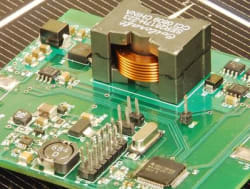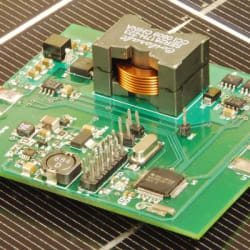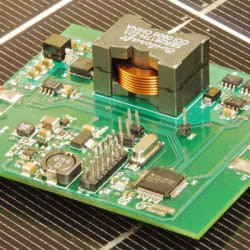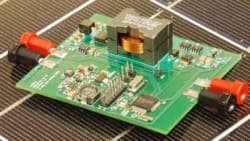Images
This course introduces the basic concepts of switched-mode converter circuits for controlling and converting electrical power with high efficiency. Principles of converter circuit analysis are introduced, and are developed for finding the steady state voltages, current, and efficiency of power converters. Assignments include simulation of a dc-dc converter, analysis of an inverting dc-dc converter, and modeling and efficiency analysis of an electric vehicle system and of a USB power regulator. After completing this course, you will: ● Understand what a switched-mode converter is and its basic operating principles ● Be able to solve for the steady-state voltages and currents of step-down, step-up, inverting, and other power converters ● Know how to derive an averaged equivalent circuit model and solve for the converter efficiency A basic understanding of electrical circuit analysis is an assumed prerequisite for this course.
Similar resources
The University of Colorado Boulder is one of only 35 U.S. public research institutions in the Association of American Universities (AAU), a group of institutions recognized as America’s leading research universities.
Public good, in the context of a top-tier comprehensive university, includes research, teaching and service by which we create knowledge for and with the public. We engage with problems that affect the public, and we enable each generation of citizens to remake our democracy by equipping them with skills of critical reasoning and analysis, and a broad sense of civic obligation to the state, the nation, and the world.


Advanced Converter Control Techniques

Introduction to Power Electronics

Capstone Design Project in Power Electronics

Magnetics for Power Electronic Converters

Converter Control








